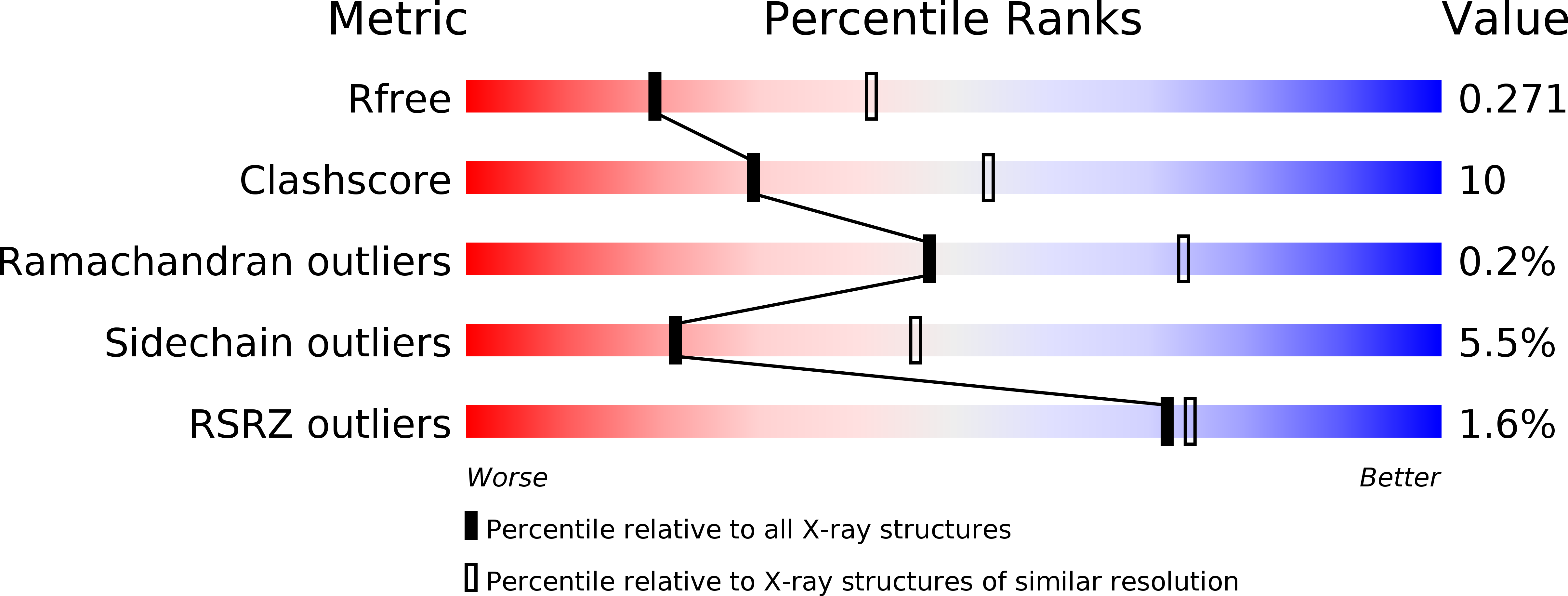
Deposition Date
2015-05-12
Release Date
2015-06-17
Last Version Date
2024-11-13
Entry Detail
PDB ID:
4ZRI
Keywords:
Title:
Crystal structure of Merlin-FERM and Lats2
Biological Source:
Source Organism:
Homo sapiens (Taxon ID: 9606)
Host Organism:
Method Details:
Experimental Method:
Resolution:
2.70 Å
R-Value Free:
0.27
R-Value Work:
0.22
R-Value Observed:
0.22
Space Group:
P 1 21 1


